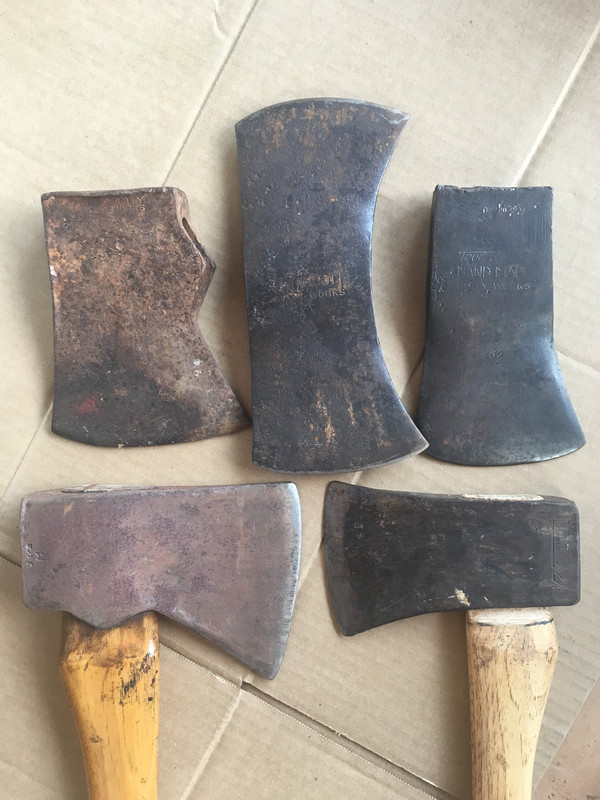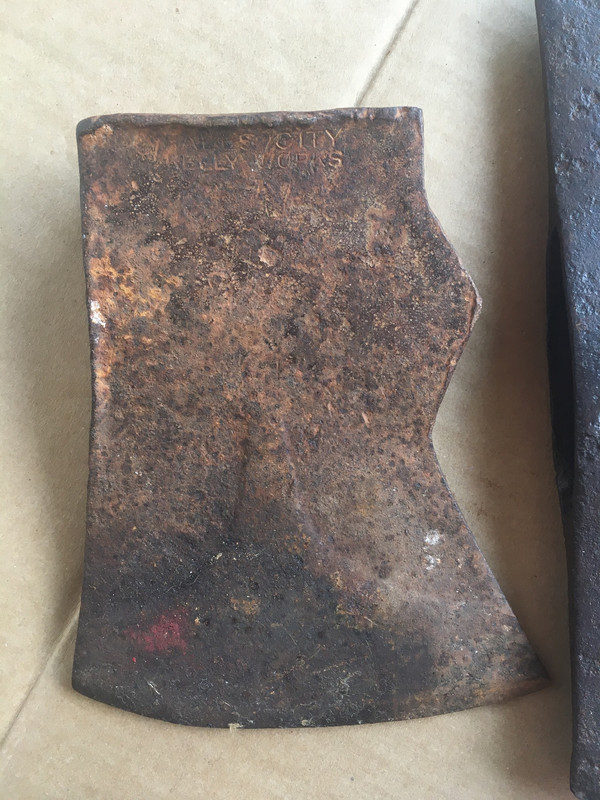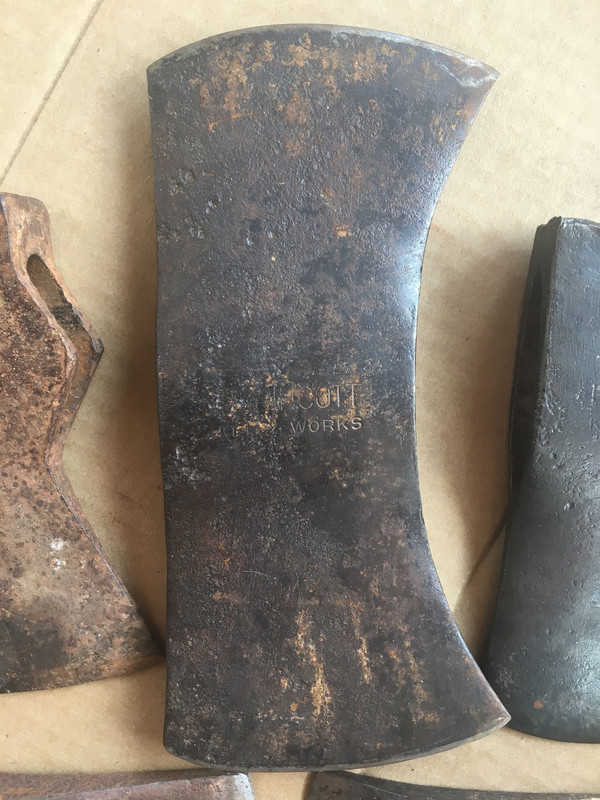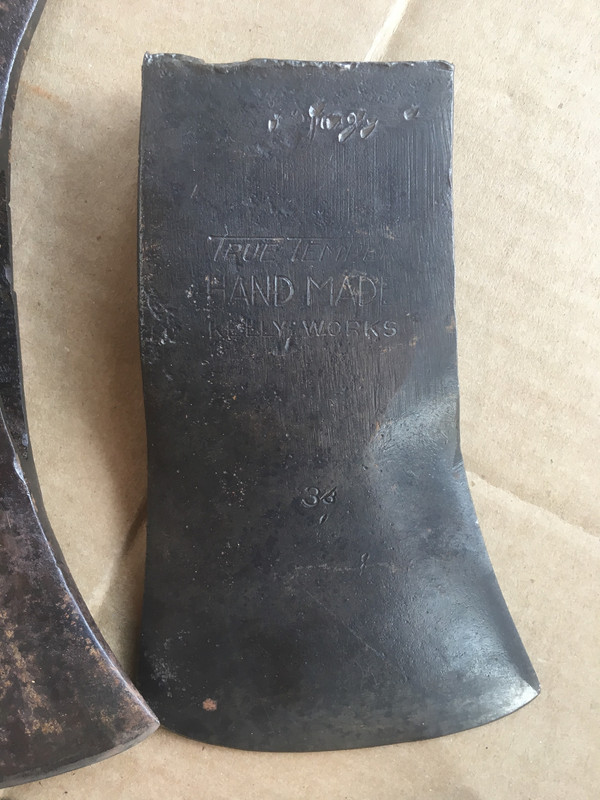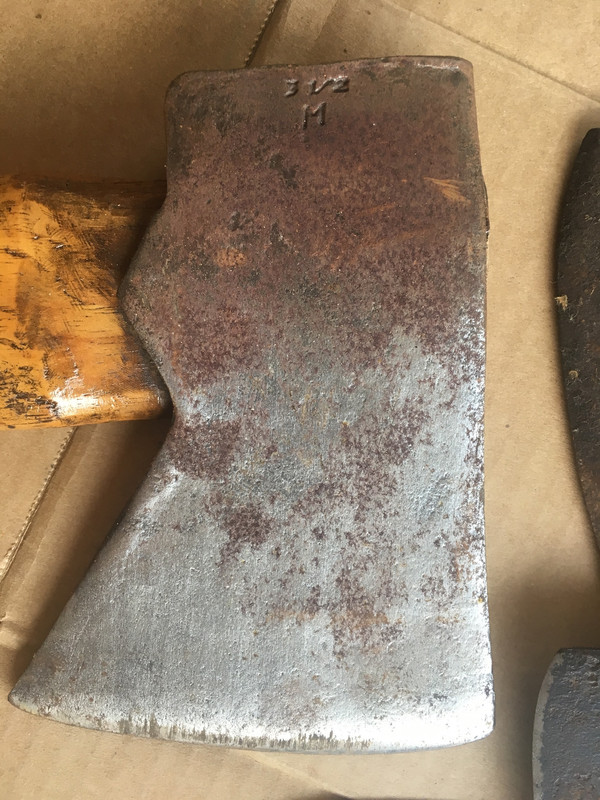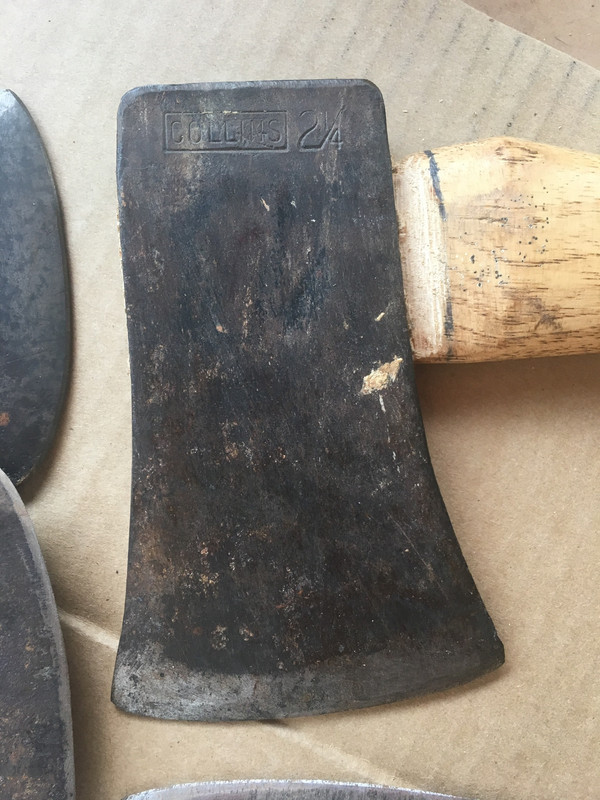- Joined
- Mar 31, 2016
- Messages
- 1,927
i realize it's not easy to ID the wood from the bark, this is hickory, can't wait to have handle material,
guys i got chili
next year
The BladeForums.com 2024 Traditional Knife is ready to order! See this thread for details:
https://www.bladeforums.com/threads/bladeforums-2024-traditional-knife.2003187/
Price is $300 $250 ea (shipped within CONUS). If you live outside the US, I will contact you after your order for extra shipping charges.
Order here: https://www.bladeforums.com/help/2024-traditional/ - Order as many as you like, we have plenty.
i realize it's not easy to ID the wood from the bark, this is hickory, can't wait to have handle material,
guys i got chili
Awesome haul. That stone looks great compared to the last one I found. 2" thick you won't wear it out in your lifetime. There may be a better way to dress them but I have been using a diamond plate. Anyone have another method?
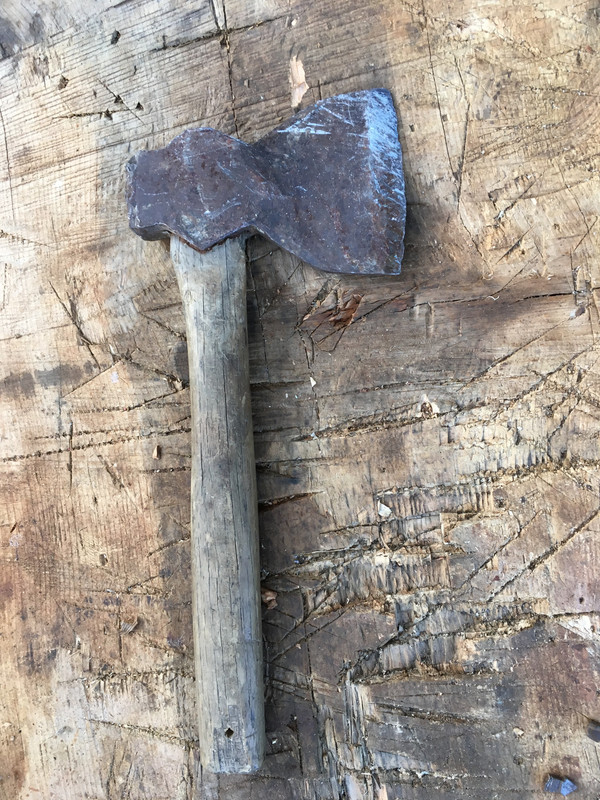
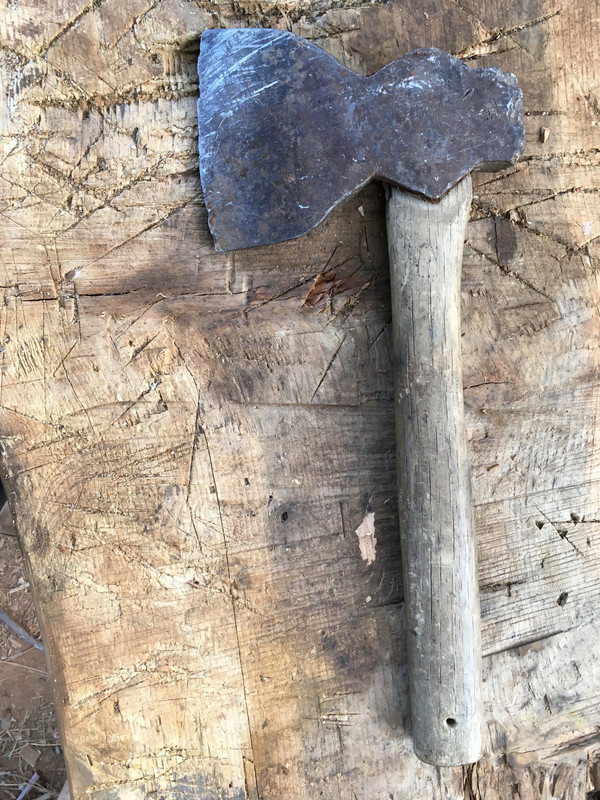

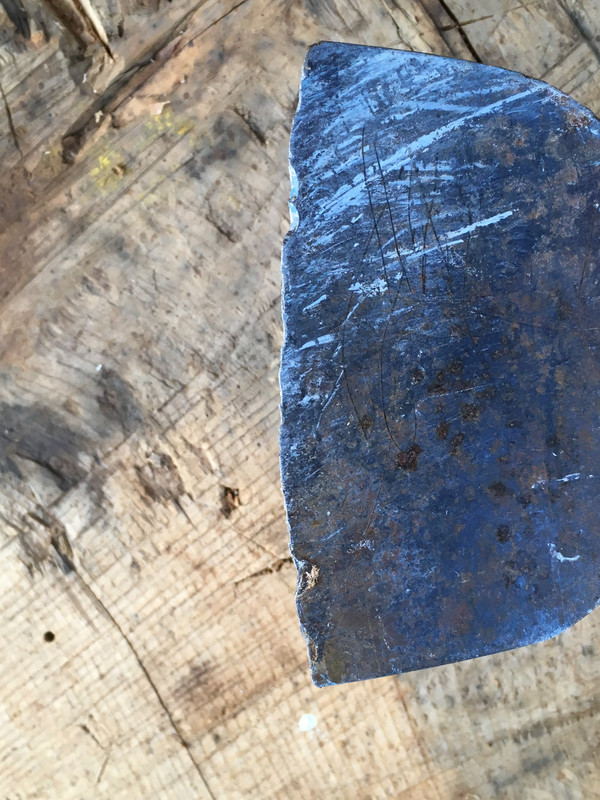
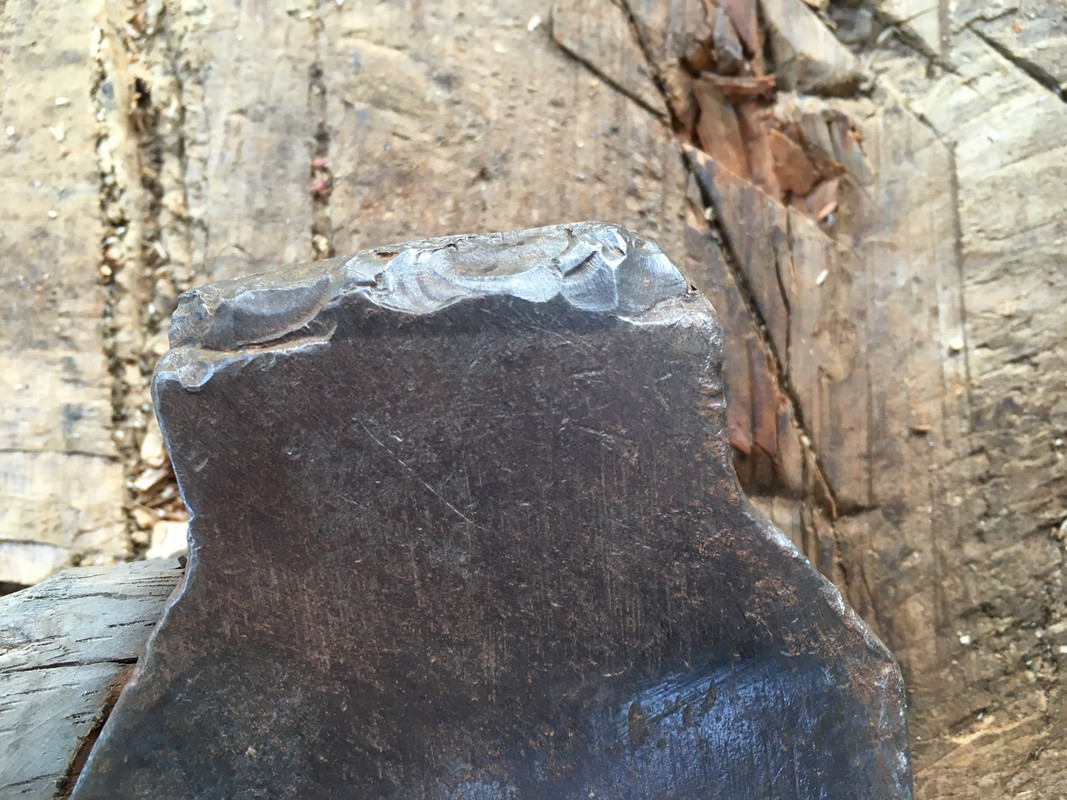
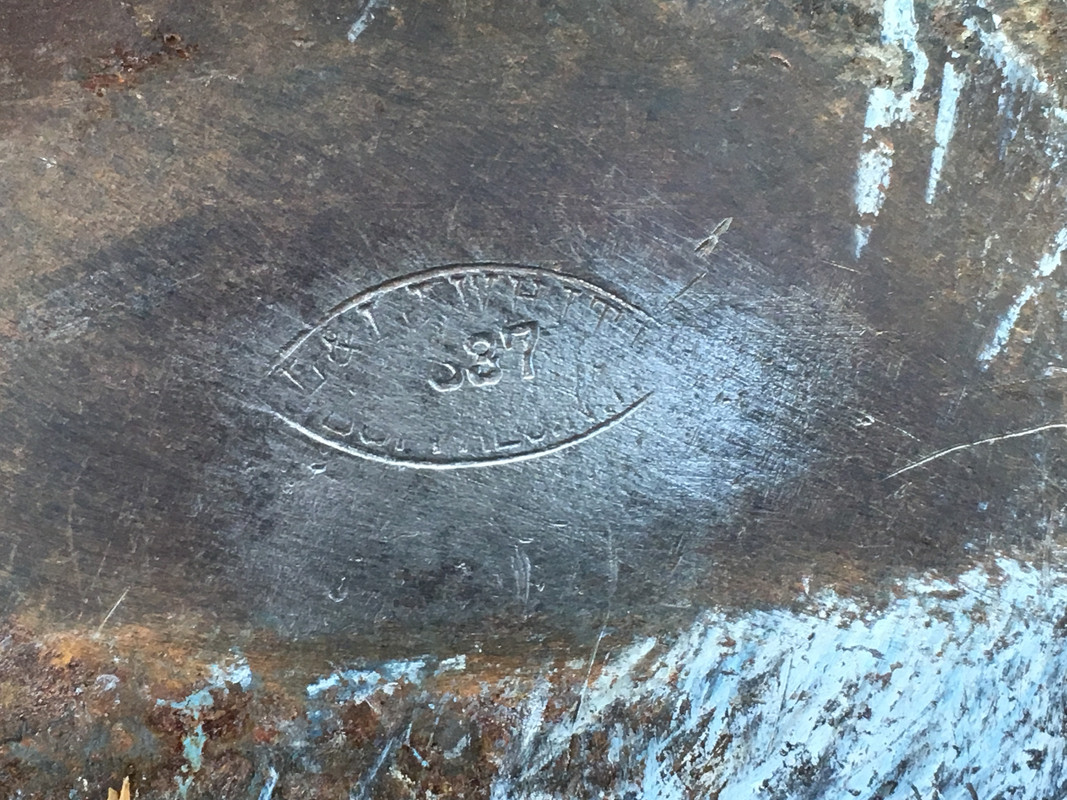
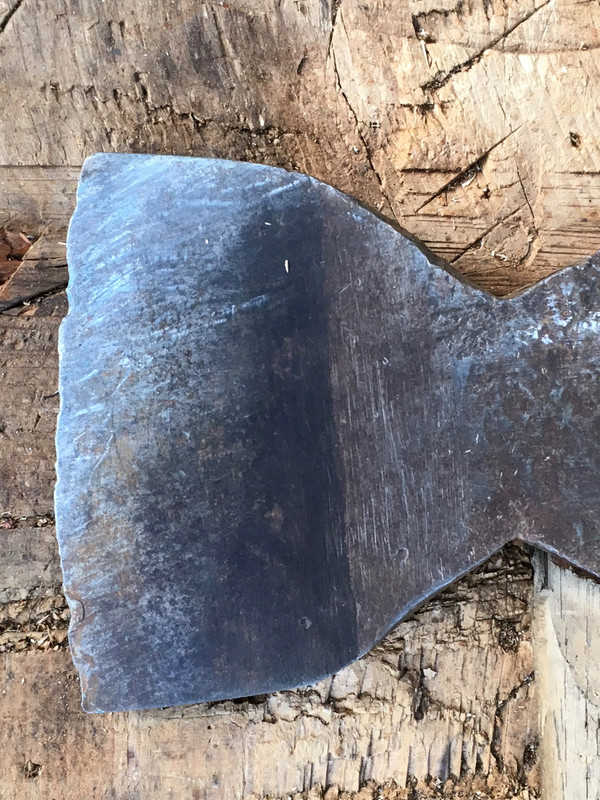
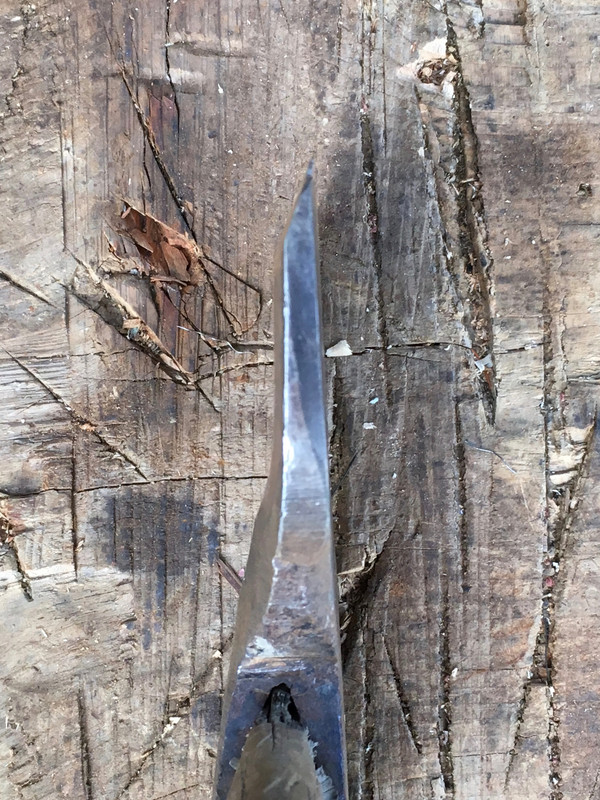
It is an L. & I. J. White 1837 head.
Reminds me of the Rogue hoes, made from "recycled agricultural disc blades... high grade tempered steel"I've never seen a grub hoe like this before with a crudely welded socket...

I forgot about those, I think this one is a bit too old to be a Rugue but it sure is similar.Reminds me of the Rogue hoes, made from "recycled agricultural disc blades... high grade tempered steel"

I think it’s quite common for the base/trunk of pine and fir trees to be full of sap. One more reason the old timers used spring boards to get above the the sappy wood when sawing.
Has anyone had experience using fatwood for wedges?
I have a small pile of it. Never crossed my mind to use it for wedges.



no i meant the collins, the handle's in better shape tooLet me know what you got! We might be able to swap parts and make some complete planes lol. The number 7 is the only one complete. The number six is in great shape. Surface rust but it even had the sweetheart sticker on the tote still. But the main body is cracked.
does the fatwood thing happen in virginia, white, red or loblolly pine? that's what i have around here and just being able to knock some wedges out with a hatchet would definitely knock out some timeI use fatwood wedges all the time. Really like them too. Here's one getting worked in.
I am of the opinion, driving heats it, then once they set up a couple days, the pitch helps glue them in. They are pretty much impervious to water or humidity, also a plus.
It only takes a minute to carve one, if you have a lot of supply. I keep at least 1/2 cord around



I keep at least 1/2 cord around
Just a walk through pine woods should yield all the fatwood you could ever need! Look for ancient stumps, or old root balls from uprooted pines. The sapwood from the pine rots away in a few years leaving the fatwood, some of the same fatwood stumps have remained unchanged in my woods since I was a boy.no i meant the collins, the handle's in better shape too
does the fatwood thing happen in virginia, white, red or loblolly pine? that's what i have around here and just being able to knock some wedges out with a hatchet would definitely knock out some time
